Cape Verde: a story from the no stress archipelago A travel story by Kim de Leeuw No stress, no stress. Whether it is a local trying to start a conversation with you or the slogan written on a wall. No stress is everywhere and the Cape Verdeans on Sal seem to live their life accordingly. The inhabitants are warm and welcoming, and the vibe on the island could be described as chill. Sal is a paradise for kite surfers and beach lovers. On the surface, the island seems to be perfect, but what is lying underneath? Cabo Verde, or Cape Verde in English, is an island chain that consists of 10 islands of which Sal and Boa Vista are the most known amongst tourists because of their beaches. Which is quite surprising, in my opinion, because in terms of nature the other islands are much prettier. When flying over Sal for the first time, I was quite disappointed. I have to admit that. It’s all desert and sand that you see (photo below). Kind piece of advice: don’t judge a book by its cover. The people, the morabeza (the hospitality the Cape Verdeans are known for) and the vibe on the island will make you fall in love with the place. First impressions of Sal Besides Sal and Boa Vista, there are eight other islands, namely Santiago, Fogo, São Vicente, Santo Antão, Maio, Brava, Luzia and São Nicolau. The islands differ tremendously and every one of them has its own charm. Santo Antão is home to stunning nature, mountains and lush vegetation. Fogo is known for the volcano on the island and São Vicente is the cultural heart of the archipelago. Maio, Brava and São Nicolao are hardly visited and the ultimate place to discover the authentic Cape Verdean culture. While Santa Luzia is uninhabited and Santiago, the main island, has a bit of everything. Island hopping is thus a great thing to do when visiting the republic of Cabo Verde. Map of the islands History of Cabo Verde As mentioned before, Santiago is the main island on which the capital of Cabo Verde, Praia, is located. Santiago is also the island that was the first to become inhabited after the Portugese discovered the archipelago in 1456. They founded Europe’s first colonial town in the tropics called Ribeira Grande, now called Cidade Velha. Immediately after that, the settlers imported slaves from West-Africa to work the land. Because of its location, Cabo Verde also became an important hub in the slave trade, making the archipelago prosperous. However, the economy fell in the 1800s and a lot of Cape Verdeans left the islands to find a job elsewhere. Nowadays, there are more Cape Verdeans living outside of Cabo Verde than in the archipelago itself. Most of them live in the USA, but Rotterdam also has a large community of Cape Verdeans. In the 1960s, one of Africa’s longest independence wars began to make the Portuguese colonies independent. The Cape Verdeans were represented under the “Partido Africano da Independência da Guiné e Cabo Verde” and most of the fighting took place in Guinea-Bissau. The war became a worldwide scandal and by 1974 the Portuguese dictatorship ended nonviolently. Cabo Verde became independent the year after. At this moment, the archipelago has a stable, representative democracy and tourism accounts for a large share of the economy. The main languages on the island are Portuguese and Cape Verdean Creole. Most of the inhabitants are also called Creole. This means that they are of mixed African and Portuguese descent. Viviero Cabo Verde Tourism on Sal Most European people will know the island of Sal as one of the best destinations for a beach holiday relatively close to home. The temperature on Sal is constant all year round which makes the island a great destination when you are craving some sun, especially during cold winters. As a tourist, you can definitely live the no stress life. Unfortunately, this has led to rapid coast line development. You might already have an image in your head, but let me describe it for you: there are resorts as far as the eye can see. Around the coast of Santa Maria, you will find kilometres of resorts right beside the beach. This resort sprawl has taken over the entire coast line in the south and as a result the area has lost some of its character. In the photo below, you can see the start of the resort coastline and the mass tourism which is right next to the fishing pier of the island. Still, Cabo Verde is one of my favourite destinations because of its culture and its people. In this story, I will show you my favourite sights of Sal and discuss my Cabo Verde bucketlist with you. One thing is sure, I will return to the country to visit the other islands. Island hopping, anybody? The large contrast between local life and all-inclusive guests Santa Maria Let’s start with Santa Maria, the village where around which most resorts are located. When I think of Sal, the first thing that pops up in my mind is the fishing pier and its hustle and bustle. There are women selling the catch, men slaughtering the fish and children jumping from the pier into the clear blue water. Just a few hundred meters away from the resorts, you will get an insight into the local Cape Verdean life. But be aware, because as I said, this is their life and you are visiting people who are just doing their work and often they are not even profiting from all those tourists visiting their island. The international resorts import their foods and therefore none of the fish the tourists eat in their hotels is actually bought from these local fishermen. Be fully dressed when you visit, ask for permission when you take a photo and try not to be in their way. After all, you are a guest entering their daily life, so respect their customs. If you look clearly at the photo on the top right, you can see the groups of tourists coming to the pier to see the fishers’ activities. The pier of Santa Maria The village itself is tiny but has a lot of charm. Walk around the streets and discover the great restaurants and little shops. Calema is a great place to go for a drink at night if you don’t want to be surrounded by other tourists. In case you’re visiting during New Years Eve, go to the main square and dance your heart out with the locals. Salt on Sal The island was named Sal after the discovery of salt on the island. At the end of the eighteenth century, the salt industry was developed on the island. The industry was thriving at first and over 30.000 tons of salt were exported, but the production declined and ceased eventually in 1984. Today, you can still see the remnants of the salt industry and small-scale salt winning still exists. You can visit some of the salt fields or visit the old salt mine of Pedra de Lume where you can bathe and float on the water. The pond in the old mine contains such a high concentration of salt that you can float here too. It even contains more salt than the Dead Sea! Sakt production on Sal Kitesurfing Sal is not only home to visitors looking for a relaxing vacation as it is a great place for (kite)surfing as well. I am not a kite surfer myself, but the island supposedly has the perfect winds for this water sport. And, more importantly, the different beaches of the island offer different conditions which makes that there are great places for beginners and professionals alike. The bay area of Santa Maria is perfect for beginners and you can find some surf schools there if you want to give it a try. I would advise to ask around for Jason Fortes if you are looking for kitesurf lessons. Does he have a website you can add here? Go follow Robertney Barros on Instagram to emerge yourself in Cape Verdean surf life. Buracona The last site I want to tell you about is actually one of the few tourist attractions on Sal. Buracona is a natural pool that is famous for the “blue eyes”, a natural phenomenon where the sun, if under the right angle, turns the water turquoise blue. However, this phenomenon only occurs around noon, so be careful with your timing! You can also go for a swim here and true daredevils can jump from the rocks into the pool. Buracona Espargos and Palmeira On Sal, you will hardly find any cities or towns. I have already introduced you to Santa Maria, but you could also bring a visit to Espargos and Palmeira. Most of the tourists do not visit Espargos. They only go to hill next to it, to see the great view on the island’s capital city, so if you are looking for a town or city that is less touristy than this is the place to go. Or you could bring a visit to Palmeira, also not that touristy, which has a beautiful harbour and an interesting fish market. View over Espargos and the harbour of Palmeira Wildlife watching There is no chance to spot the big five on the islands of Cabo Verde, but there is some fun wildlife watching to do. Did you know that the islands are home to the third largest population of nesting loggerhead turtles? Sal is one of the three islands where most of the turtles nest. When you are visiting between July and October, with August being the best month, you can spot these creatures while they are coming on land to nest. Together with a guide, you can witness the nesting process of the turtles. This is actually a win-win situation for both the tourist and the turtle, because by visiting them with an ethical tour you also contribute to their conservation. The past years, swimming with turtles has been an increasingly popular activity, but I would advise you not to go on such a tour. These turtles are often fed by the people in the boat so they stay in that area, which is actually really harmful. Instead, you can go swimming in the ocean and if you are lucky you will come across one of these beautiful creatures. After all, they do spend the first fifteen years of their life close to the shore. Additionally, you can also visit the lemon sharks in the so-called Sharks Bay. This is a shallow lagoon where these sharks are swimming around to hunt their dinner: plankton and small fish. Nothing to be afraid of as a human. But also in this case, go and visit with an expert as you don’t want to disturb the animals. There are some tours that offer guidance by a marine biologist! A lemon shark and a loggerhead turtle pictured Cultural activities One of the many coloured houses in Santa Maria Repeat visit One thing I know for sure is that I will go back to Cabo Verde. To explore the other islands but also to return to my beloved Sal. The archipelago has got a place in my heart. The islands I can’t wait to visit next? That would be Santo Antao, Sao Vicente and Santiago. However, ideally, I would go island hopping and visit them all. For now, I would like to end by sending you some good vibes: no stress, no stress. 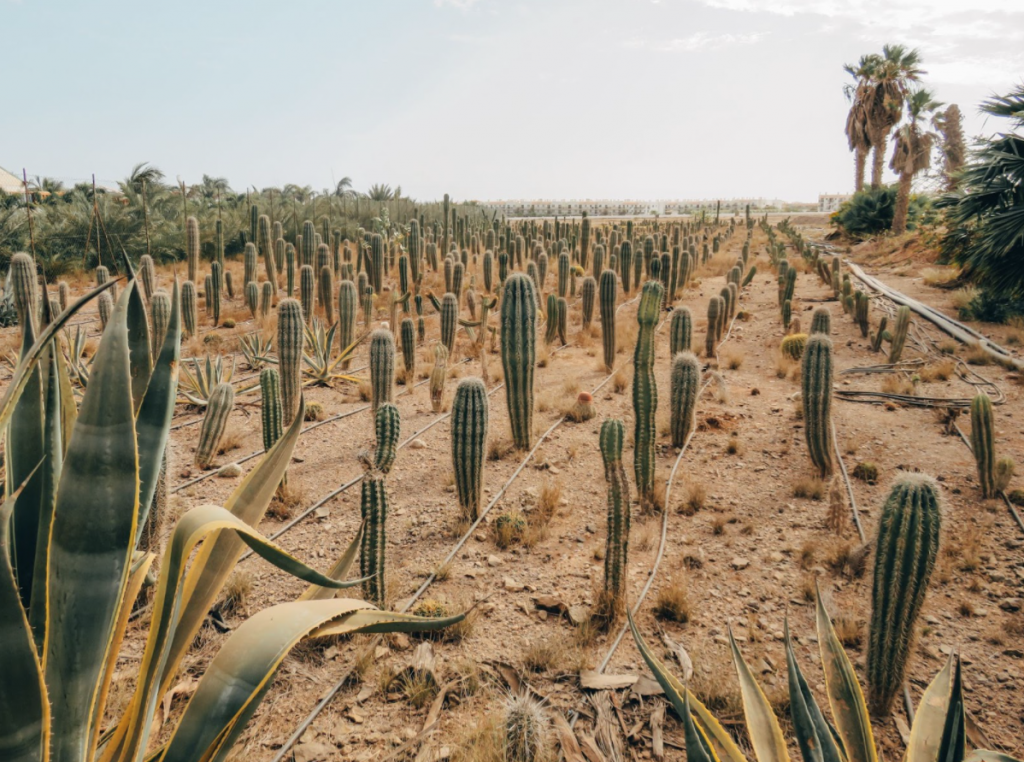
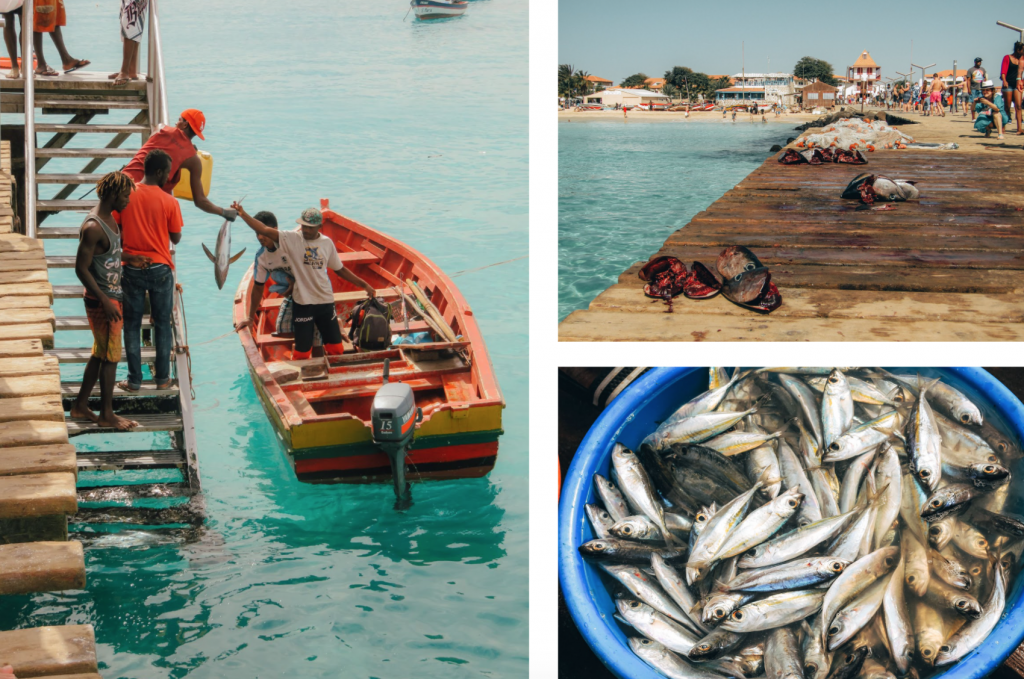
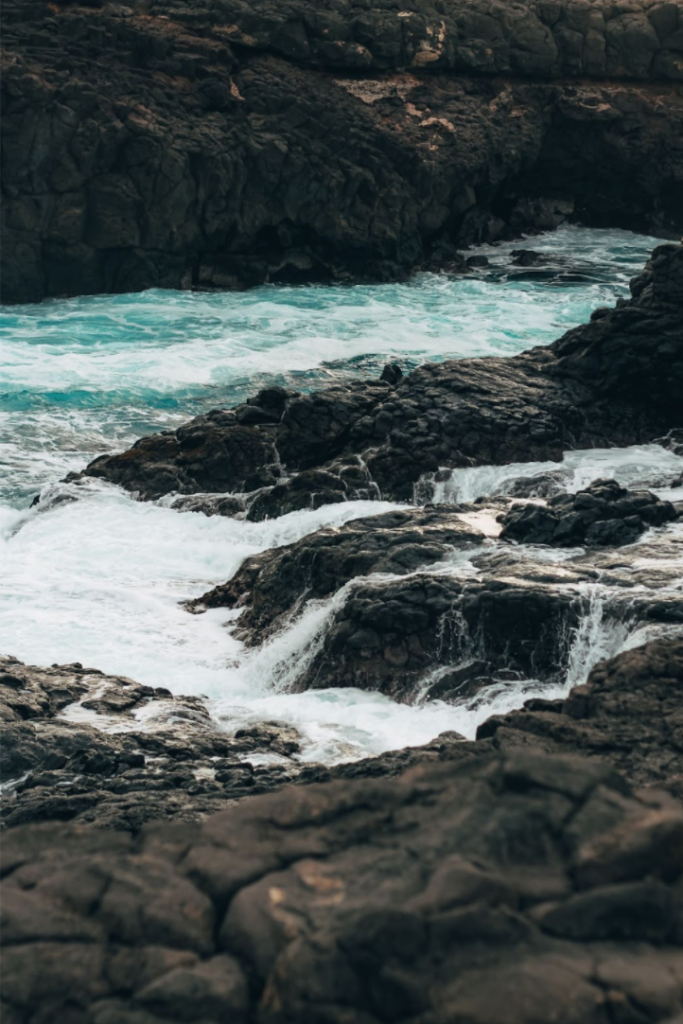
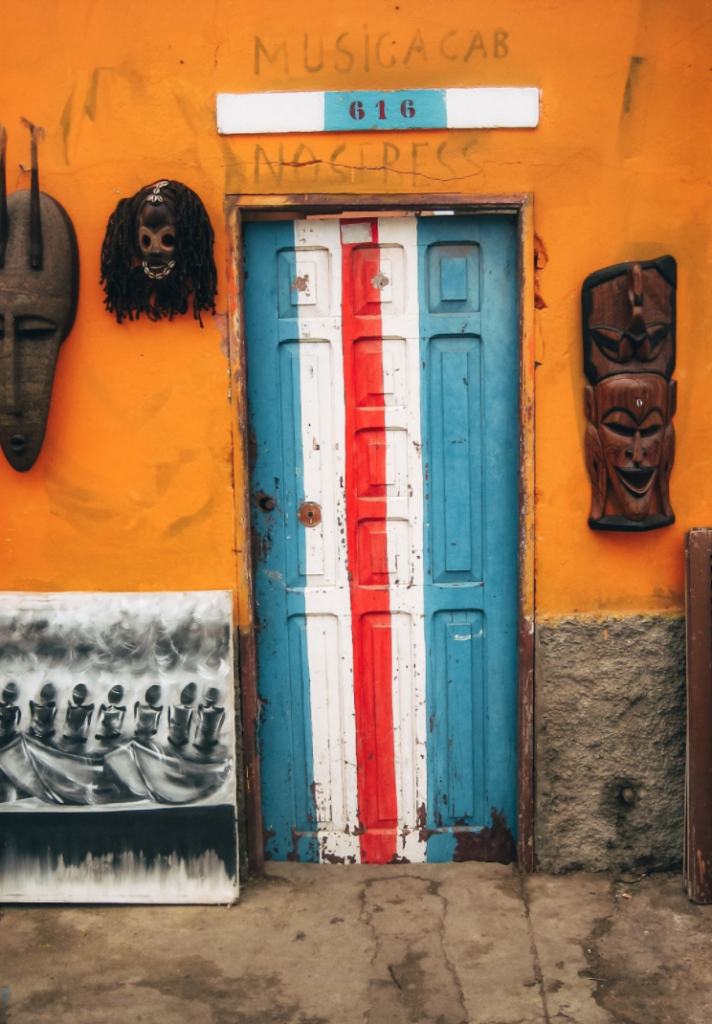 You won’t find any community-based tourism projects on Sal, but if you want to emerge a bit more into the local culture you can follow dancing or cooking classes, or witness dance performances. The Batuko and Funana are two interesting types of dancing that are very interesting to see live, but if you want to learn a dance yourself I would highly recommend to go for Kizomba. Are you not a dancer? Try to learn how to make cachupa, a traditional Cape Verdean bean stew. There are many different variants of this dish but it almost always includes beans, corn, root vegetables like sweet potatoes, and sometimes meat or fish.
You won’t find any community-based tourism projects on Sal, but if you want to emerge a bit more into the local culture you can follow dancing or cooking classes, or witness dance performances. The Batuko and Funana are two interesting types of dancing that are very interesting to see live, but if you want to learn a dance yourself I would highly recommend to go for Kizomba. Are you not a dancer? Try to learn how to make cachupa, a traditional Cape Verdean bean stew. There are many different variants of this dish but it almost always includes beans, corn, root vegetables like sweet potatoes, and sometimes meat or fish.


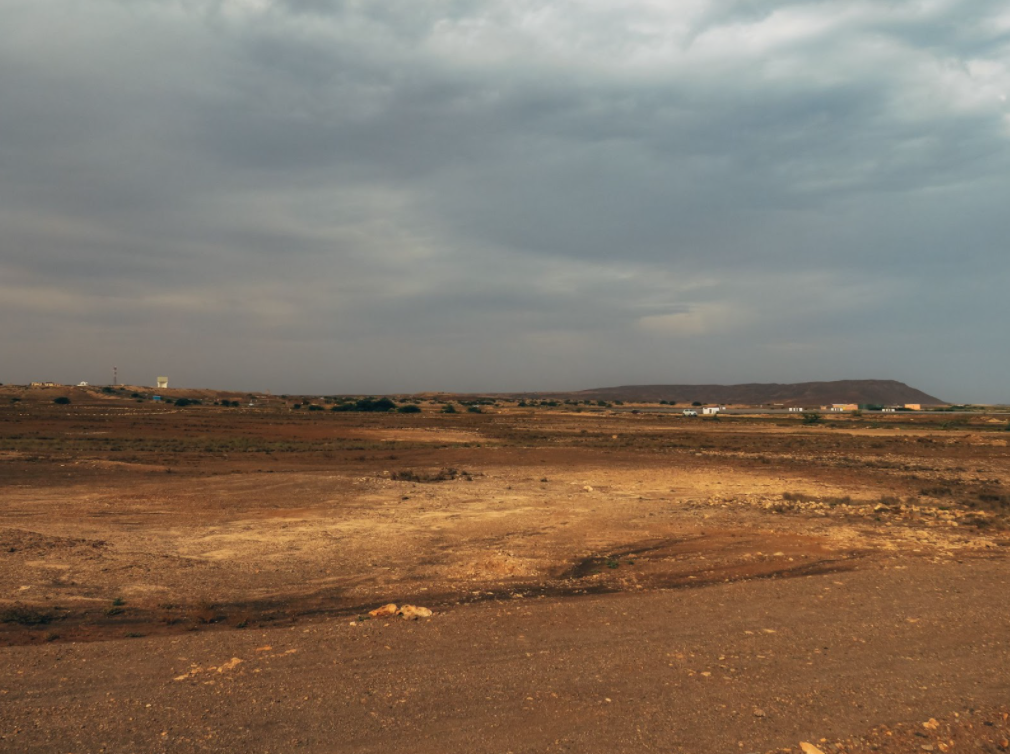

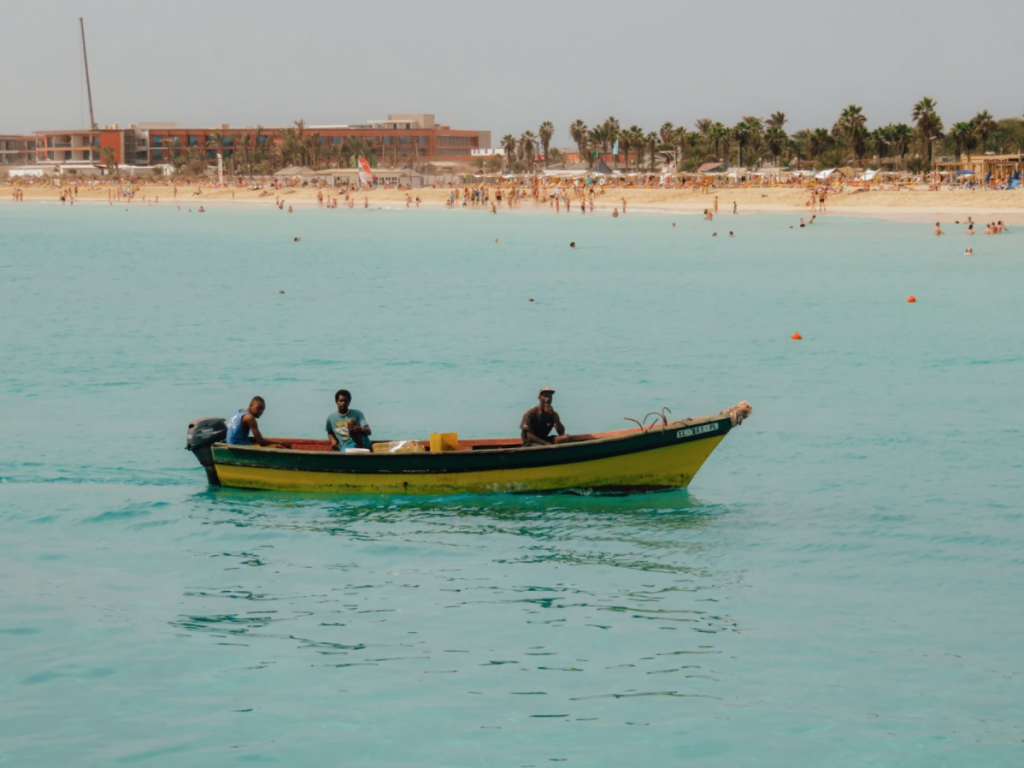
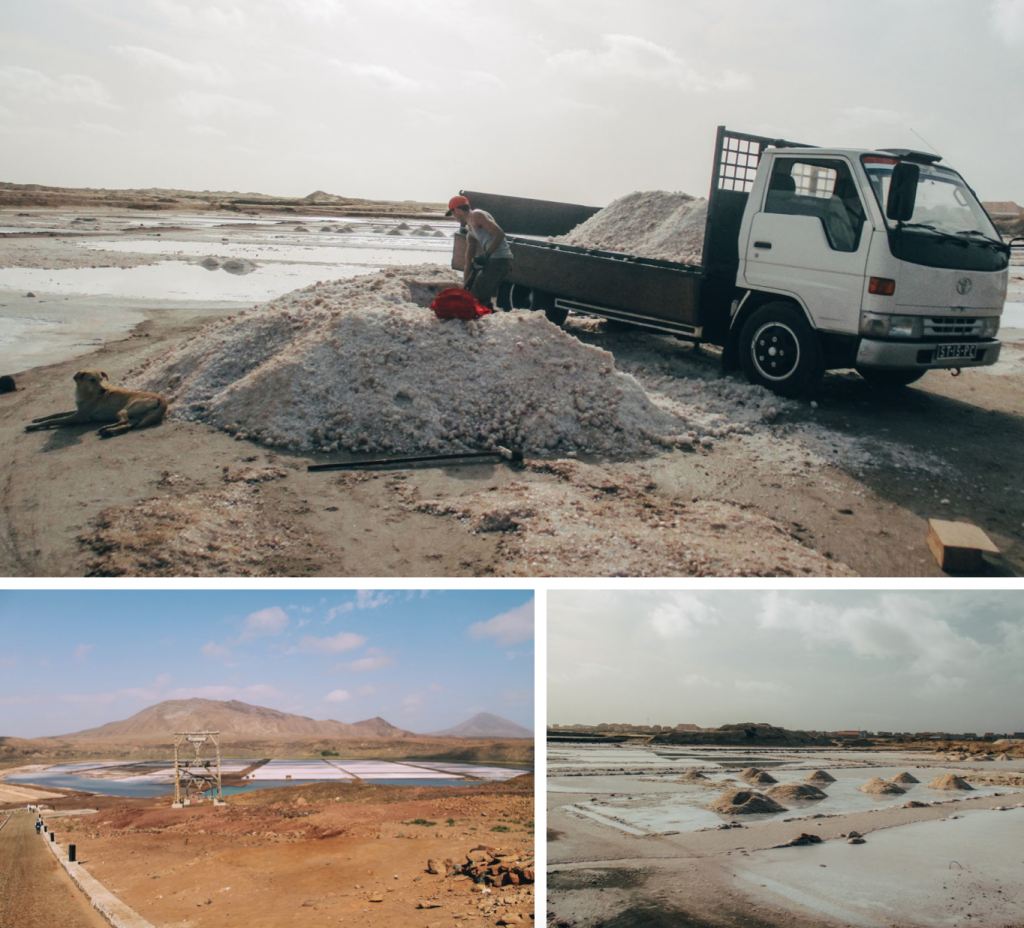


This Post Has 0 Comments